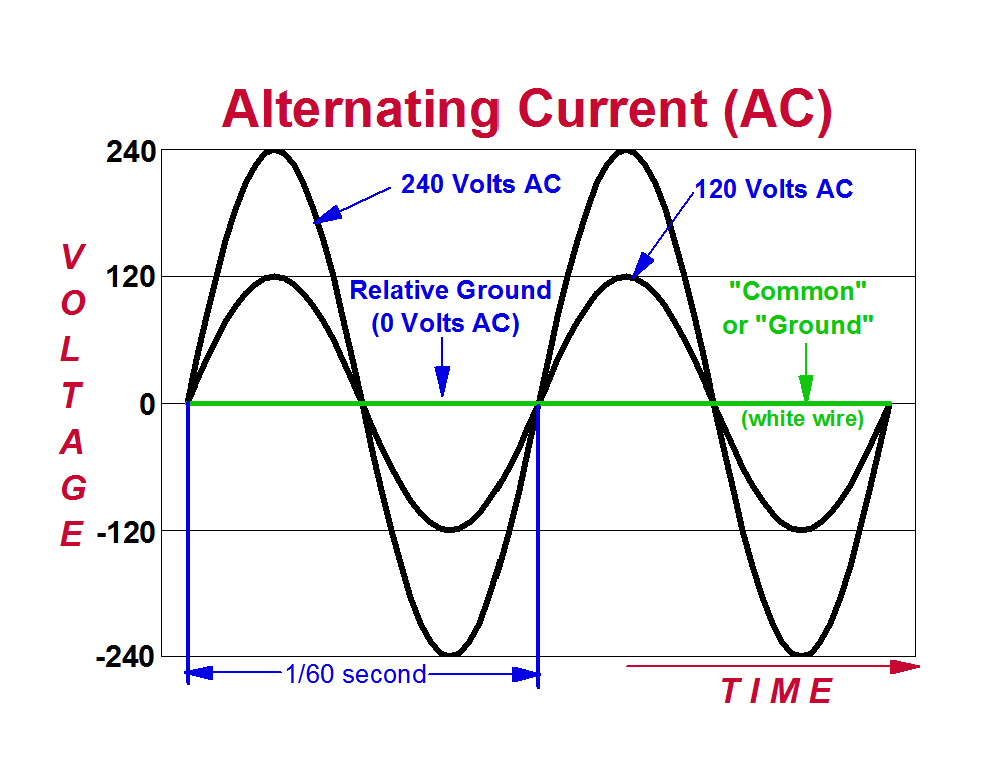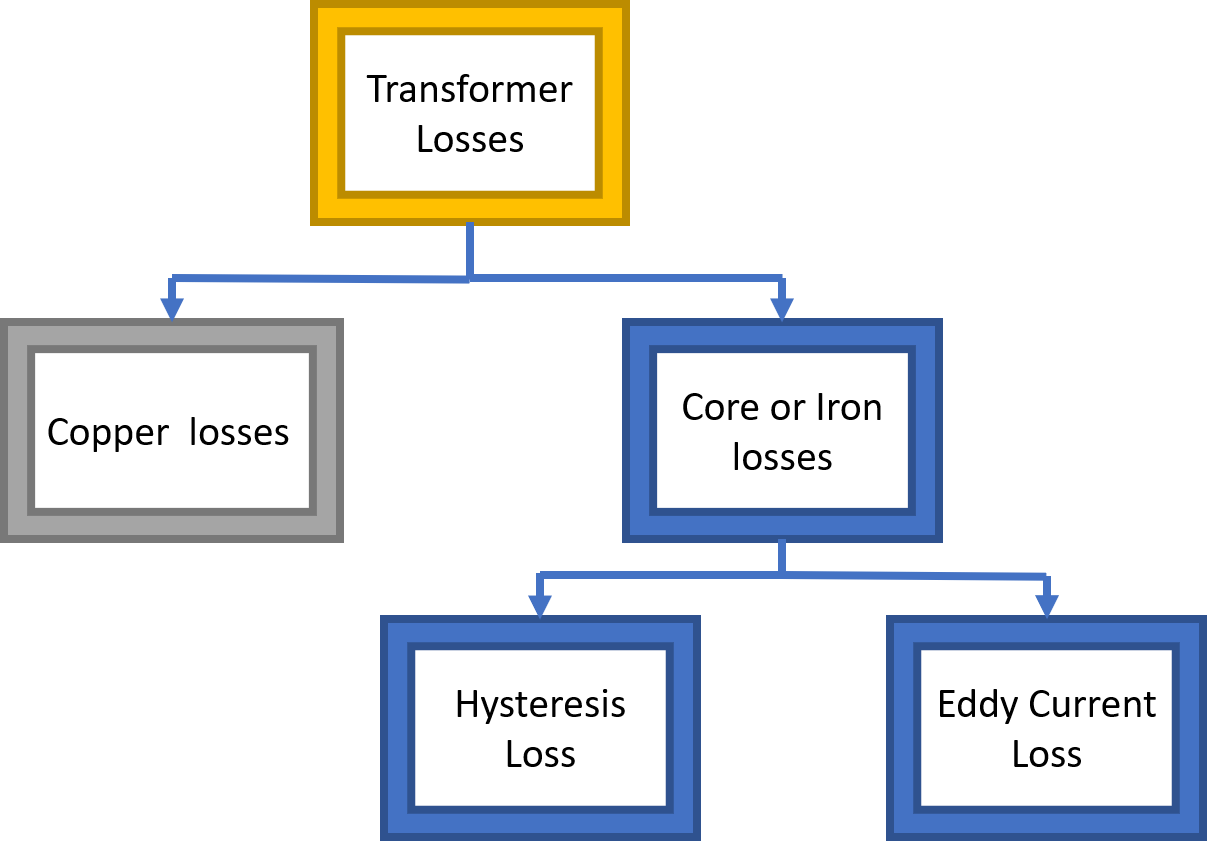Principle Of Single Phase Transformer Presentation
| Introduction to Single Phase Transformer | ||
|---|---|---|
| A single phase transformer is a static electrical device that transfers electrical energy between two or more circuits using the principle of electromagnetic induction. It consists of two or more coils of insulated wire wound around a laminated iron core. The primary coil receives electrical energy from the source, while the secondary coil delivers the output voltage to the load. | ||
| 1 | ||
| Working Principle of Single Phase Transformer | ||
|---|---|---|
| When an alternating current (AC) passes through the primary coil, it creates a magnetic field that constantly changes its intensity and direction. This changing magnetic field induces a voltage in the secondary coil through mutual induction. The induced voltage in the secondary coil is proportional to the turns ratio of the primary and secondary coils. | ||
| 2 | ||
| Turns Ratio and Voltage Transformation | ||
|---|---|---|
| Turns ratio is the ratio of the number of turns in the primary coil to the number of turns in the secondary coil. The turns ratio determines the voltage transformation ratio of the transformer. For example, if the turns ratio is 1:2, a primary voltage of 100 volts will be transformed into a secondary voltage of 200 volts. | ||
| 3 | ||
| Current Transformation and Load Impedance | ||
|---|---|---|
| In a single phase transformer, the current in the primary coil is inversely proportional to the turns ratio. If the turns ratio is 1:2, the primary current will be twice the secondary current. The load impedance also affects the current transformation, as a higher load impedance will result in a lower secondary current. | ||
| 4 | ||
| Efficiency and Power Losses | ||
|---|---|---|
| Transformers have power losses due to various factors such as resistance, eddy currents, and hysteresis losses. The efficiency of a transformer is the ratio of the output power to the input power, expressed as a percentage. Higher efficiency transformers have lower power losses and are more desirable. | ||
| 5 | ||
| Step-Up and Step-Down Transformers | ||
|---|---|---|
| Step-up transformers increase the voltage from the primary to the secondary coil. Step-down transformers decrease the voltage from the primary to the secondary coil. These transformers are used in various applications such as power transmission, distribution, and voltage regulation. | ||
| 6 | ||
| Transformer Ratings and Cooling Methods | ||
|---|---|---|
| Transformers have different ratings such as kVA (kilovolt-ampere) or MVA (megavolt-ampere) to indicate their power handling capacity. Cooling methods for transformers include natural convection, forced air, and liquid cooling. The cooling method depends on the transformer's power rating and the ambient temperature. | ||
| 7 | ||
| Types of Single Phase Transformers | ||
|---|---|---|
| There are various types of single phase transformers, including shell-type, core-type, autotransformers, and isolation transformers. Shell-type and core-type transformers differ in the arrangement of their coils and cores. Autotransformers have a single winding that serves as both primary and secondary coils, while isolation transformers provide electrical isolation between the input and output. | ||
| 8 | ||
| Applications of Single Phase Transformers | ||
|---|---|---|
| Single phase transformers find applications in residential, commercial, and industrial sectors. They are commonly used in power distribution networks, voltage regulation, lighting systems, and electronic devices. They play a crucial role in converting and distributing electrical energy efficiently. | ||
| 9 | ||
| Conclusion | ||
|---|---|---|
| The principle of single phase transformer relies on electromagnetic induction to transfer electrical energy between circuits. It operates based on the turns ratio and voltage transformation. Single phase transformers are essential in various applications and play a significant role in our daily lives. | ||
| 10 | ||









